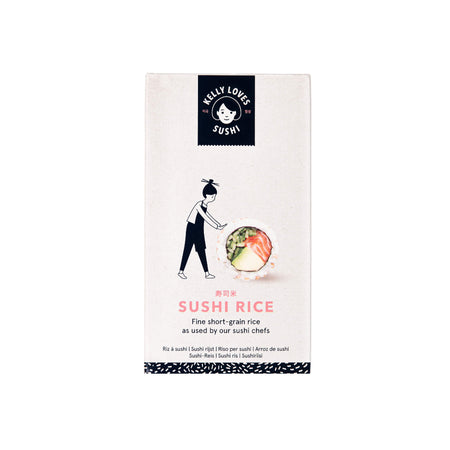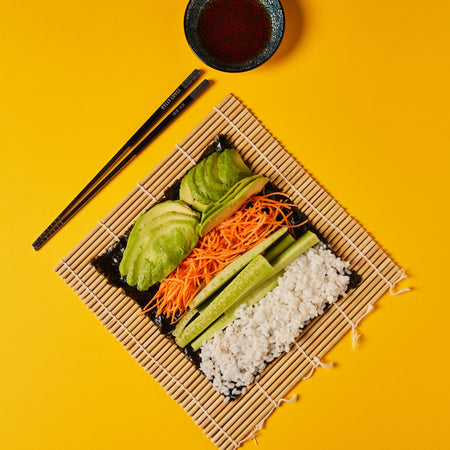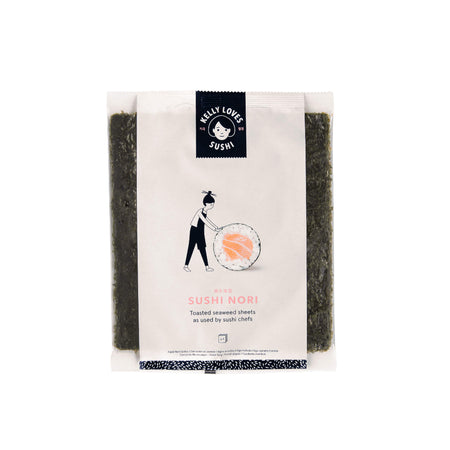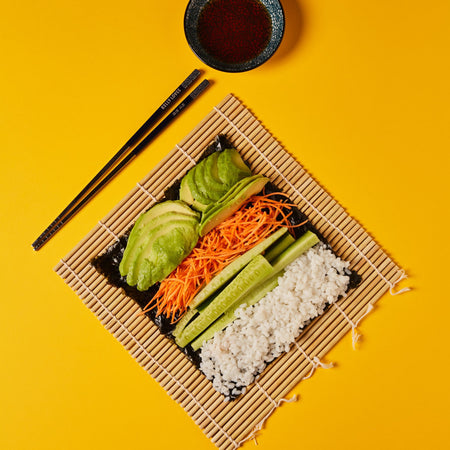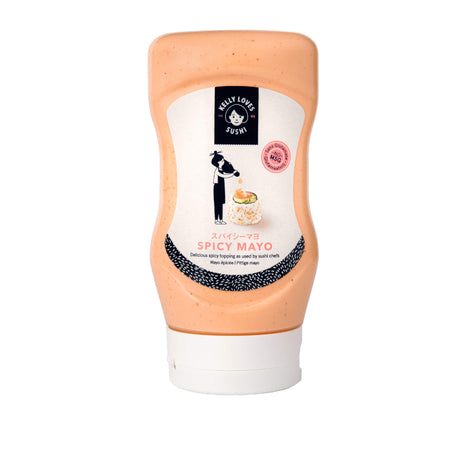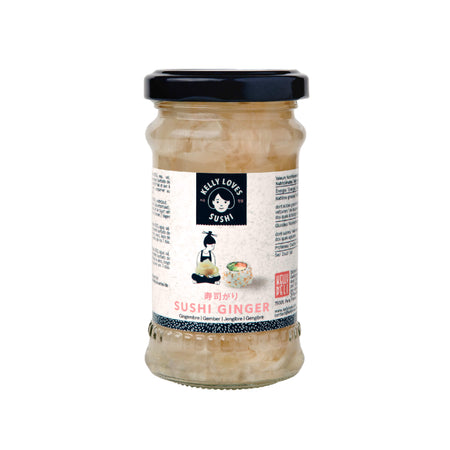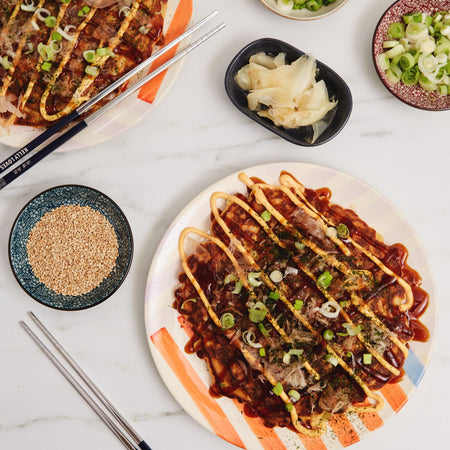Nigiri vs. sashimi vs. sushi: what's the difference?
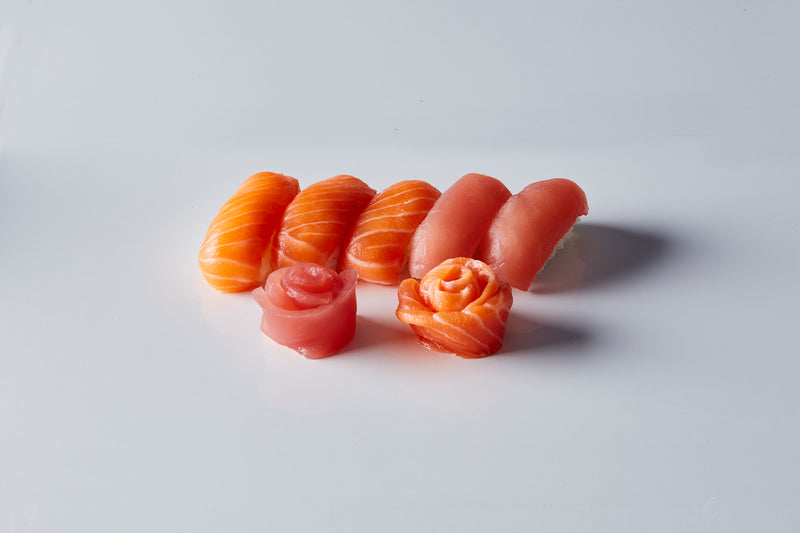
The flavours produced are delicately balanced to complement each other and result in utterly delicious dishes.
But sushi comes with a mountain of terms and names to understand. Sashimi, nigiri, sushi, maki, chirashi…these are just some of the phrases you’re likely to encounter.
Let us take you through some of the most common terms – and next time you’re indulging in Japanese cuisine, you’ll have a better idea of what your taste buds will enjoy.
What is sushi?
Sushi is a blanket term for many different dishes made with sushi rice.
And what’s sushi rice? Well, it’s simply short grain rice, but prepared in a particular way, with vinegar and sugar.
There’s definitely a knack to that preparation – and some master sushi makers have turned it into an art form. But with a little practice, you can rustle up some tasty sushi at home using a sushi making kit.
Maki rolls are one of the most popular varieties of sushi, both for making at home and enjoying at Japanese restaurants. When many people think of sushi, they picture these: rice rolled up inside thin seaweed wraps (nori), with a filling in the middle of the rice ring.
Other well-known types of sushi include oshi (pressed into rectangular blocks), chirashi (“scattered sushi” in a bowl), nare (fermented sushi) and inari (fried tofu with sushi rice).
What is nigiri?
Nigiri is one of the many types of sushi. But what’s the difference between nigiri and maki sushi, for instance?
Sushi dishes like maki generally involve more ingredients. However, in the case of nigiri, it’s a stripped-back affair that reflects Japanese minimalism itself. A single piece of raw seafood (or meat) is placed on a bite-size rice ball. The seafood used could be tuna, shrimp, eel or squid.
Nigiri is sometimes called edomae sushi, in reference to the Edo Bay (now known as Tokyo Bay) area where it originated in the 19th century. It became exceptionally popular because the seafood sourced from Edo Bay was freshly caught and tasted so good.
So what is nigiri sushi? Simply put, it’s a classical form of sushi, which is now one of the most common types of sushi on global restaurant menus.
What is sashimi?
Sashimi is often confused with sushi, because some of the ingredients and processes are the same. Plus, they’re sometimes served in the same restaurants. But sashimi is not sushi.
Unlike sushi, sashimi is just thin slices of raw seafood or, less often, meat like beef. There’s no rice involved at all. But pickled ginger and wasabi are sometimes served alongside sashimi.
What’s the difference between sushi, nigiri and sashimi?
We’ve covered the differences between the three terms, but how can you tell sushi, nigiri and sashimi apart on sight? Helpfully, Japanese menus often include photos of the dishes. So when you’re confronted with all the choices and the time pressure of a menu, what are the visual clues that can help you out?
Ingredients
Some types of sushi – especially modern variants – have quite a few different ingredients. For example, an uramaki roll might have a filling of raw fish and vegetables like cucumber, wrapped in nori and sushi rice, with sesame seeds clinging to the outside.
By contrast, nigiri is just the essential sushi ingredients: vinegared rice and raw seafood/meat. While the seafood or meat stands alone with sashimi. Both nigiri and sashimi are famed for their quality ingredients, but what is the main difference between nigiri and sashimi cuts?
Traditionally, nigiri only involved seafood, particularly tuna or salmon. Sashimi also involves seafood most of the time, but meats like chicken and beef are more commonly found than in nigiri sushi.
So, is tuna a sashimi or nigiri ingredient? Well, it’s both. And bluefin tuna is a particularly highly prized ingredient for both.
Presentation
Some restaurants now serve up incredibly elaborate-looking sushi dishes, including maki rolls stuffed full of many brightly-coloured ingredients.
If you want more traditional and authentic sushi, nigiri is the way to go. The focus is firmly on the flavours and textures, which are carefully balanced so that no one taste is too overpowering. The quality of ingredients is absolutely fundamental.
The same can be said for sashimi. Since it just consists of only sliced fish or meat, that fish or meat has to be first-class to impress. And since there is nothing else on the plate, the presentation of sashimi is minimalist indeed.
How to eat it
This is one area where nigiri, sushi and sashimi really aren’t too far apart. First of all, you can eat them all with chopsticks or your hands – in one bite (unless it’s oversized American-style sushi).
Now there’s obviously more to get hold of with some varieties of sushi. But as we’ve said, nigiri is quite minimal in the ingredients department. And as far as sashimi is concerned, there’s just the one piece of seafood or meat. You’ll usually find you’re given some soy sauce along with your sushi or sashimi, but whether you use it’s down to personal taste.
If you’re just delving into the world of Japanese food for the first time, here’s a beginner’s guide on how to eat sushi. It’s probably easier than you think – and the taste is definitely worth a quick read.
Hopefully you now have a better idea of what different Japanese dishes actually are. So whether you’re ordering sashimi, nigiri or a maki roll, you can order (or prepare) in confidence and look forward to the fantastic flavours of Japanese cuisine.
